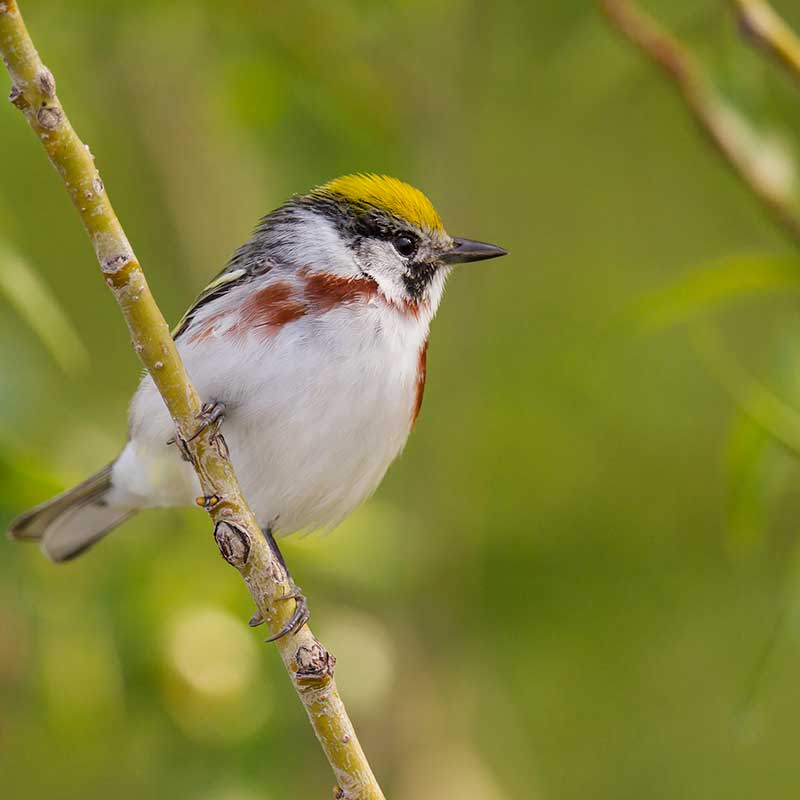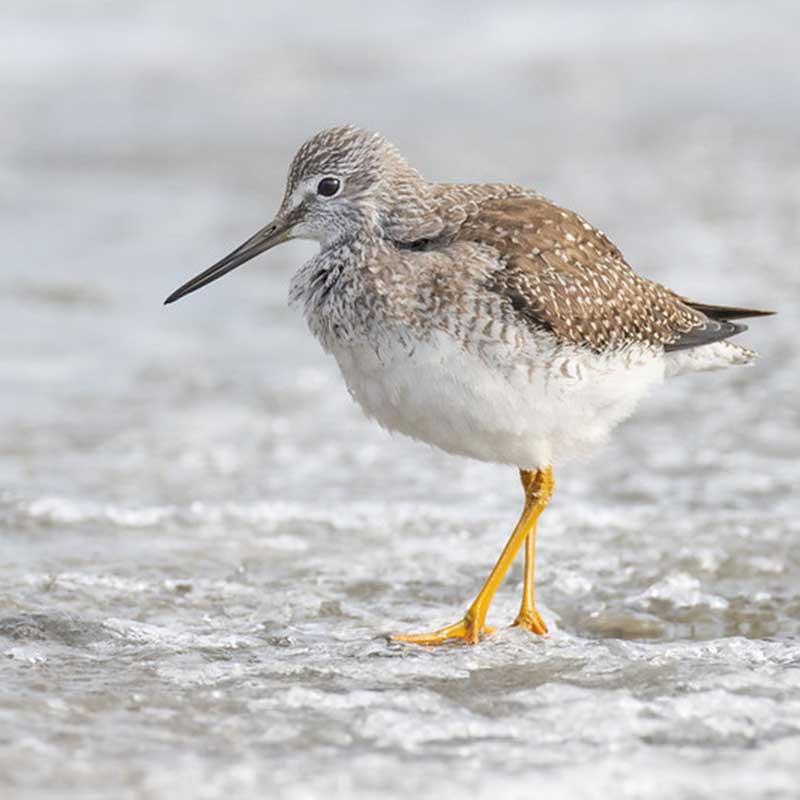Monitoring
Pelee Island is a significant stopover site for many migrating “Species of Interest,” and PIBO’s field station, situated at Fish Point at the south tip of the island, is an ideal location for monitoring them.
In 2022, the observatory begins its 20th year of migration monitoring. Each morning from early April to June, and from August to November, PIBO staff conduct a standardized visual count of migrants passing through Fish Point. On the paths around the banding station, they capture migrants in mist nests and take them back to the station for banding. The number of individuals of each species in the official ‘count area’ is recorded on a daily basis; these Daily Totals (DT) are submitted to the Canadian Migration Monitoring Network for analysis.
The Canadian Migration Monitoring Network (CMMN) oversees bird migration studies in Canada. A 20-year collaboration of bird observatories across Canada, Birds Canada, and Environment and Climate Change Canada, the Migration Monitoring Network gathers vital long-term information on bird demographics and population trends for more than 200 bird species.
PIBO is also part of the Marsh Monitoring Project (MMP) developed by Birds Canada to monitor the health of coastal and inland marshes and the wildlife they support. Wetlands are among Canada’s most threatened ecosystems, and the data collected contributes to understanding wetlands better—which in turn leads to more effective and timely conservation.
PIBO staff and volunteers observe the marshes on Pelee Island through the spring and summer, recording information about marsh birds and their individual habitats. This survey information helps track long-term trends in species diversity, and guides marsh conservation, restoration, and management programs that ensure the survival of marsh birds.



